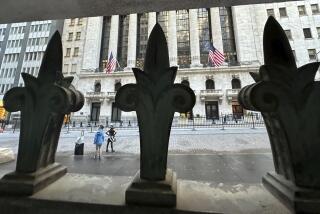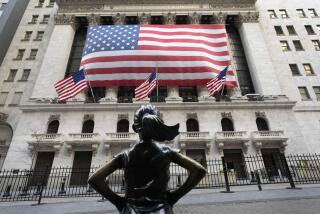Pimco says U.S. Treasury securities could soon have a negative yield

Pacific Investment Management Co. has joined the chorus of voices warning that U.S. Treasury bond yields may eventually go negative.
In a blog post Tuesday, Joachim Fels, global economic advisor at the fixed-income investing giant, said it’s “no longer absurd to think that the nominal yield on U.S. Treasury securities could go negative.” At least 11 countries have negative 10-year yields, and Germany’s 30-year yield joined the rest of its curve below zero last week.
U.S. 10- and 30-year yields were near their lowest levels this year, with the 30-year at 2.25%, close to its record low 2.088% in 2016. The 10-year Treasury yield, at about 1.73%, compares with around -0.59% for German bunds of the same maturity.
Negative U.S. yields require a “major Fed easing cycle” that remains “a possibility rather than a probability,” Fels wrote. “But if the Fed cuts rates all the way back down to zero and restarts quantitative easing, negative yields on U.S. Treasuries could swiftly change from theory to reality.”
The trend is being driven by both secular and cyclical factors, Fels says. The main secular driver is rising life expectancy, which has created a savings glut. The cyclical forces, which “have recently intensified,” include a cooling U.S. labor market, the U.S.-China trade war and the risk that the Federal Reserve is falling behind the curve of staving off another recession.
JPMorgan Chase & Co. strategist Jan Loeys last month said the global heap of negative-yielding bonds has a quicksand-like ability to engulf much of the fixed-income universe, including the U.S.
Bank of America U.S. rates strategist Bruno Braizinha, while not yet predicting negative U.S. yields, sees a risk that the 10-year falls into uncharted territory below 1% within a year as the Fed enters a recessionary-style rate-cutting cycle.
“Yield is evaporating globally,” Braizinha said in an interview. By the end of 2020, a “Japanification scenario” — an extended period of low growth and inflation marked by extremely accommodative central bank policy — implies a 10-year yield in the 0.30%-0.60% range. And if the Fed returns the policy rate to zero, “10-year yields could go negative.”






